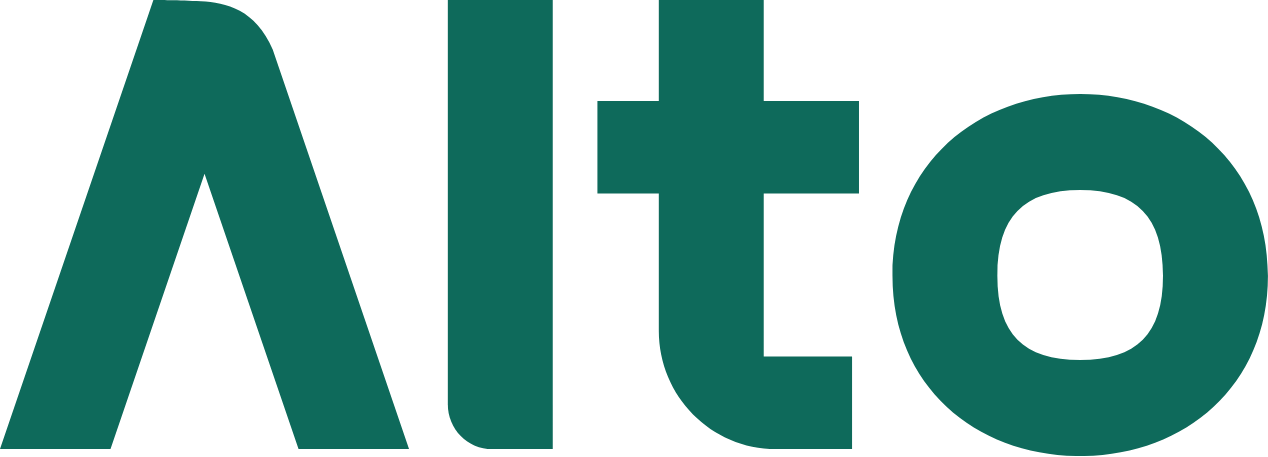What is a self-directed Roth IRA?
A self-directed Roth IRA (a type of self-directed IRA) gives you the ability to invest in non-traditional, alternative assets like private company securities, cryptocurrency, real estate, and precious metals with the tax advantages of a Roth IRA.
Due to the administrative burden and cost of offering alternative assets, brokerage firms and financial institutions generally only offer traditional types of investment options such as bonds, publicly traded stocks, and mutual funds for IRA investments to their individual investor base. Therefore, many investors with traditional firms may be unaware that they can allocate their retirement funds in their Roth IRA to alts, which also even include private equity, venture capital, and more.
With a self-directed Roth IRA, as with any Roth IRA, you as the account owner are responsible for taking your unique financial situation into account as you build your retirement account—all without any taxes on your investment gains.
A self-directed Roth IRA is technically not too different from your more widely known Roth IRA. The same income limits and annual Roth IRA contribution limits apply. The meaningful difference is that a self-directed Roth IRA gives you the ability to direct your IRA funds and investment selections into assets that a normal Roth IRA might not. This control allows you to diversify your retirement portfolio through long-term alternative investments, which may add the benefit of horizon matching when you align dollars earmarked for a future payout at retirement with the longer-term yield of private assets.
